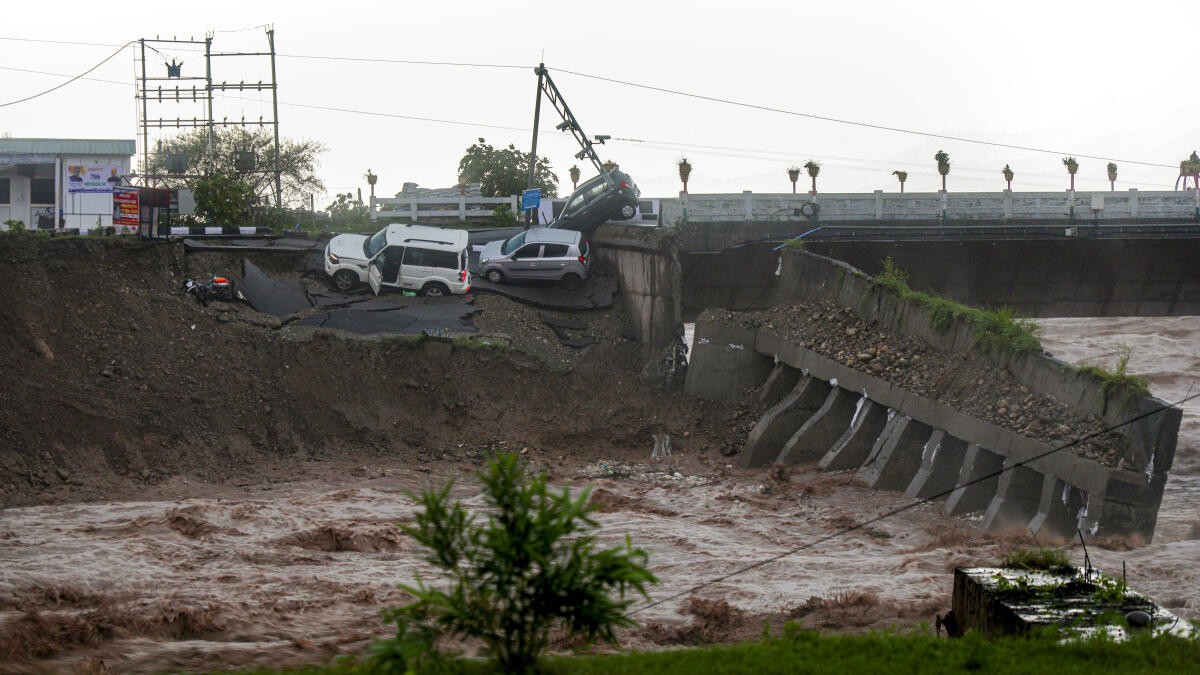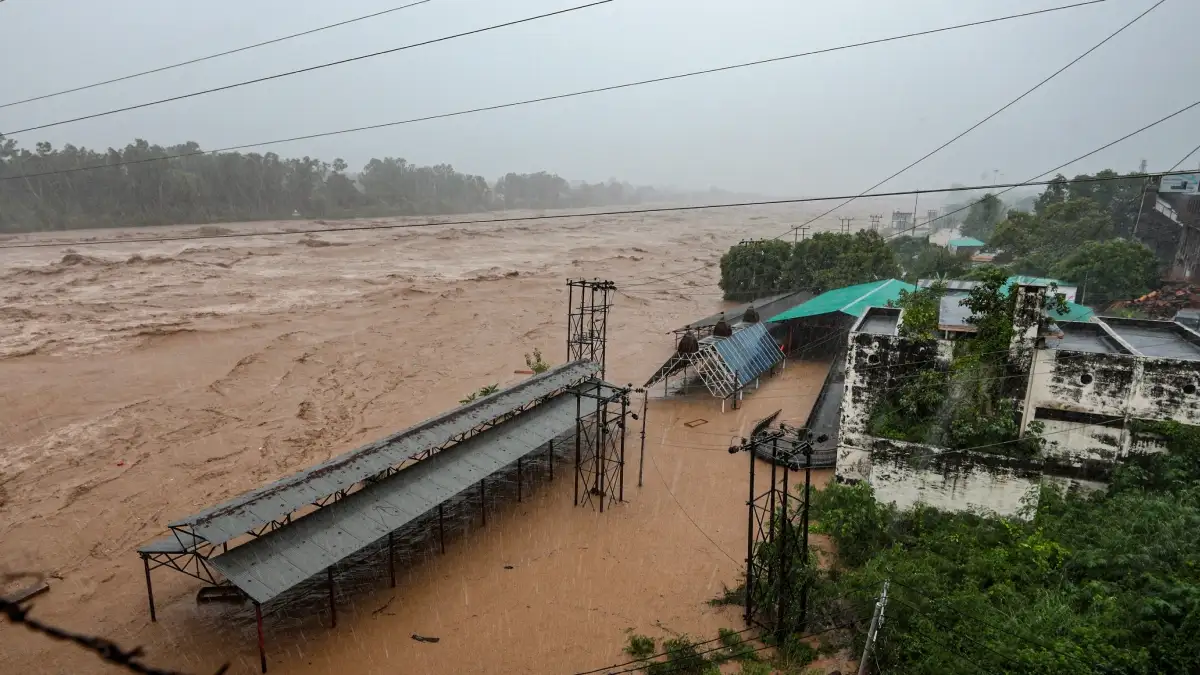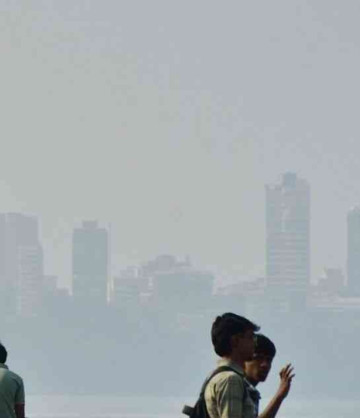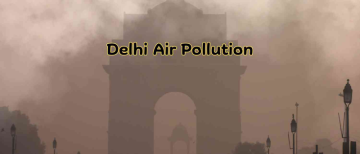Over the past two weeks, Jammu and Kashmir has been battered by relentless rainfall, triggering landslides, cloudbursts, flash floods, and record-breaking downpours. In just 12 days, at least 138 people have lost their lives, including over 130 pilgrims caught in rain-induced tragedies across Kishtwar, Kathua, and Reasi districts. The devastation has not only raised concerns over infrastructure resilience but also sparked a heated debate about whether authorities acted too late in suspending the Vaishno Devi Yatra and the Machail Mata pilgrimage despite repeated weather warnings.

A Week of Relentless Rainfall
For days, the meteorological department issued hourly alerts warning of “very heavy rain, cloudbursts, flash floods, and landslides.” Despite these warnings, heavy rains wreaked havoc across the Jammu division. Rivers swelled dangerously above the red mark, roads caved in, bridges collapsed, and low-lying areas were submerged.
On August 17, a cloudburst in Kathua claimed seven lives, including five minors. Days earlier in Kishtwar, at least 65 pilgrims died, with 32 still missing since August 14. But the deadliest incident came in Reasi district on August 20, where a landslide on the Vaishno Devi pilgrimage route killed over 38 people and injured at least 20 more.
The Jammu Meteorological Centre later confirmed that the city recorded 380 mm of rain in just 24 hours — the highest single-day rainfall since recordkeeping began in 1910. The previous high of 270.4 mm, recorded on September 25, 1988, was shattered.
Independent weather expert Faizan Arif compared the deluge to a “month’s worth of rainfall in a single day,” noting that Jammu’s monthly average in August is around 403 mm.

Tragedy on the Vaishno Devi Route
The Vaishno Devi pilgrimage, a spiritual journey undertaken by lakhs of devotees each year, turned tragic when a cloudburst-triggered landslide ripped through the Adhkuwari area, around halfway up the 12-kilometre trek from Katra to the shrine.
The disaster struck suddenly around 3 pm, when boulders and debris thundered down from the Trikuta Hills. Pilgrims taking shelter in a shed were buried within seconds.
Ramesh Singh, a palkiwalla (palanquin carrier), described the horror:
“It was like a thunderclap or a bomb blast. The upper shed collapsed first, then the second one within seconds. There were 35–40 people inside. Soil and water kept pouring down. I was injured, but managed to help pull some people out.”
Among the dead were five children and eight women, with victims hailing from Punjab, Rajasthan, Delhi, and Uttar Pradesh.
Although authorities suspended the Himkoti route early on Tuesday, the old route remained open until 1:30 pm, raising tough questions about why pilgrims were not halted sooner.

Pilgrims Left Stranded
In the aftermath, the Vaishno Devi Yatra was suspended indefinitely, leaving thousands of devotees stranded in Katra. Many stayed back in hotels, hoping the path would reopen once debris was cleared.
Raja Kumar, a pilgrim, expressed uncertainty:
“We have been waiting for two days. There is a red alert on the hill. No one knows when the yatra will resume, but we won’t leave until we visit Mata Vaishno Devi.”
Another devotee, Sanjeev Kumar, echoed the sentiment:
“We will return only after darshan. The government and administration are clearing the area, but we don’t know when it will be safe again.”
The Shrine Board has taken responsibility for repatriating victims’ bodies to their home states, while also arranging relief for stranded pilgrims.

Administration Under Fire
The scale of the tragedy has triggered a political storm. Critics accuse the administration of “criminal neglect” in failing to suspend pilgrimages despite clear warnings.
A senior police officer, speaking anonymously, said:
“When the Amarnath Yatra was promptly suspended due to weather alerts, why were the Machail Mata Yatra and Vaishno Devi pilgrimage allowed to continue? This insensitivity cost lives.”
Former Jammu and Kashmir chief minister Omar Abdullah openly criticized officials, asking why pilgrims were not stopped or sheltered in time. He linked the disaster to a failure to learn from past mistakes, recalling the devastating 2014 floods that wreaked similar havoc.
Sharing pictures of a damaged bridge on X (formerly Twitter), Abdullah wrote:
“Two photographs from 2014 floods and two from 2025 floods — same spot, same damage. What did we learn in 11 years? What mitigation steps were taken?”
Abdullah also announced ex gratia compensation of ₹6 lakh for families of those killed in landslides and floods, ₹1 lakh for the severely injured, and ₹50,000 for those with minor injuries.
Meanwhile, Lieutenant Governor Manoj Sinha, who chairs the Shrine Board, defended the administration, saying the tragedy was a result of “a heart-wrenching natural calamity.” He promised ₹9 lakh relief for victims’ families and vowed that “all possible assistance” would be provided.
Union Minister Jitendra Singh supported the administration, emphasizing that the region had witnessed its heaviest rainfall in nearly a century, making the disaster unavoidable.
🚨BREAKING: Tragic landslide on Mata Vaishno Devi pilgrimage route near Ardhkuwari claims 5 lives, including a woman; ~14 injured. Yatra halted due to heavy rains.
Rescue ops underway by Shrine Board & NDRF. Prayers for the departed & swift recovery for injured. 😔🙏🏻 pic.twitter.com/cU77LvmCPs— Siddharth (@Siddharth_00001) August 26, 2025
Monsoon Fury and Infrastructure Collapse
The extraordinary downpour unleashed widespread devastation. Rivers like the Tawi, Chenab, Ujh, Ravi, and Basanter rose above danger levels, submerging villages and damaging homes, shops, and crops.
-
Transport: Northern Railways cancelled 58 trains, with 64 more partially curtailed. Roads to many mountain districts were cut off by landslides.
-
Education: Schools were closed, and class 11 and 12 board exams were postponed across Jammu & Kashmir.
-
Communication: Internet and mobile networks collapsed after towers and power lines were damaged. BSNL, Jio, and Airtel were asked to restore services urgently.
-
Homes and bridges: Floodwaters washed away portions of the fourth Tawi bridge in Jammu. Entire stretches of roads crumbled under surging waters.
Lieutenant Governor Shri Manoj Sinha today met the devotees injured in an unfortunate landslide incident near Ardhkuwari at Shri Mata Vaishno Devi Shrine who are undergoing treatment at Shri Mata Vaishno Devi Narayana Superspeciality Hospital, Katra and enquired about their… pic.twitter.com/uil1Sith1M— Information & PR, J&K (@diprjk) August 27, 2025
Rescue and Relief Efforts
Massive rescue operations swung into action, with the Home Ministry deploying 17 NDRF teams, supported by CRPF, BSF, police, and other agencies. By mid-week, over 5,000 people had been evacuated from flood-hit areas.
At hospitals in Katra, Lt Governor Sinha personally met injured pilgrims and assured full assistance. Relief camps were set up to provide shelter, food, and medical care.
During a high-level meeting, Sinha directed officials to:
-
Ensure safe evacuation of people from low-lying flood-prone areas.
-
Prioritize restoration of electricity, water supply, healthcare, and telecom services.
-
Maintain adequate stock of essential rations and medicines in affected districts.
Two photographs from 2014 floods & two from 2025 floods. Almost the same spot & very similar damage. What if anything did we learn from the 2014 floods? What corrective steps were taken in the last 11 years? What flood mitigation measures were implemented since Oct 2014? These… pic.twitter.com/EyYuY6xFkf— Omar Abdullah (@OmarAbdullah) August 27, 2025
Weather Outlook
While rain intensity has reduced slightly, the India Meteorological Department (IMD) warned of intermittent heavy showers over northwest India for the next week, keeping the risk of fresh landslides and flash floods high.
Snowfall was also reported in Ladakh, while Kashmir Valley received moderate rainfall, signaling the widespread reach of this monsoon surge.
Key Questions Going Forward
The Jammu disaster has highlighted systemic gaps in disaster preparedness and pilgrimage management. Key questions being asked include:
-
Why were pilgrims not halted earlier despite red alerts and repeated forecasts?
-
Were lessons from the 2014 floods ignored, especially regarding infrastructure and flood mitigation?
-
How resilient is the region’s infrastructure — roads, bridges, communication lines — against extreme climate events that are growing more frequent?
-
Should pilgrimage routes be modernized with stronger shelters, early warning systems, and stricter suspension protocols?
The loss of lives due to a landslide on the route to the Shri Mata Vaishno Devi Temple is saddening. My thoughts are with the bereaved families. May the injured recover at the earliest. The administration is assisting all those affected. My prayers for everyone's safety and…— Narendra Modi (@narendramodi) August 27, 2025
Human Cost Beyond Numbers
Beyond the political blame game and administrative lapses, the tragedy has left families shattered. Parents have lost children, spouses have been widowed, and survivors continue to relive moments of terror.
Yet, amid the devastation, stories of courage have emerged — locals and fellow pilgrims risking their lives to pull people from rubble, volunteers working round the clock in makeshift camps, and rescue teams braving dangerous conditions.
For devotees stranded in Katra, the hope of darshan of Mata Vaishno Devi keeps them waiting patiently, even as uncertainty looms.
The back-to-back tragedies in Kishtwar, Kathua, and Reasi mark one of the darkest chapters in Jammu and Kashmir’s recent history. With 138 lives lost in just 12 days, the disaster underscores both the fury of nature and the fragility of human systems in the face of extreme weather.
As authorities race to restore normalcy, the incident has sparked a larger debate about safety, accountability, and preparedness. If Jammu and Kashmir is to protect its people and its pilgrims in the years ahead, lessons from this tragedy must not go unheeded.
With inputs from agencies
Image Source: Multiple agencies
© Copyright 2025. All Rights Reserved. Powered by Vygr Media.



















